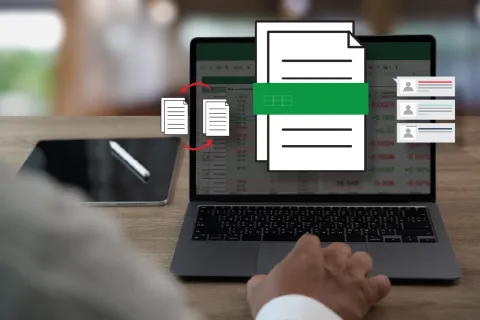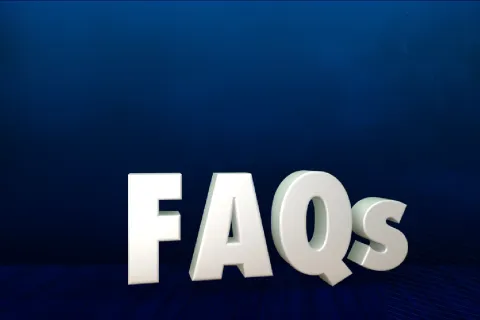
In recent years, Regulatory bodies have adapted to new technologies and compliance demands by implementing remote inspections. This shift, accelerated by the COVID-19 pandemic, has allowed these agencies to continue monitoring compliance while minimizing physical interactions. Remote inspections come with specific challenges and expectations, which manufacturers and organizations need to navigate effectively to ensure they remain compliant.
Understanding the Basics of Remote Inspections
Why Remote Inspections?
- Regulatory agencies introduced remote inspections as a response to the COVID-19 pandemic, allowing them to continue monitoring regulated entities without risking the health of inspectors and industry professionals.
- Remote inspections also offer cost savings, eliminating the need for travel and accommodation expenses.
What Can Be Inspected Remotely?
- Remote inspections typically focus on records, data, and documentation, such as Standard Operating Procedures (SOPs), batch records, and quality control records.
- Physical inspections of facilities and processes may still be necessary for certain situations, but remote inspections are increasingly becoming the norm for routine compliance checks.
Navigating the Expectations
Prepare Your Documentation
Ensure that all relevant documentation is well-organized and easily accessible. This includes product specifications, quality control records, and any records related to compliance with current Good Manufacturing Practices (cGMP).
Train Your Staff
Train your staff on how to respond to remote inspections. They should be familiar with the technology and processes for sharing documentation and communicating with inspectors.
Ensure Data Integrity
Data integrity is paramount during remote inspections. Verify that your data is accurate, complete, and secure. Implement data backup procedures and audit trails to maintain transparency.
Establish Communication Protocols
Establish clear lines of communication with the inspectors. Ensure your team knows who to contact and how to handle inquiries promptly.
Conduct a Mock Inspection
Consider conducting a mock remote inspection to identify potential issues or gaps in your preparedness. This practice run can help you address problems before the actual inspection.
Address Concerns Proactively
If an issue arises during a remote inspection, address it proactively. Regulatory agencies appreciate cooperation and a commitment to resolving compliance concerns.
Stay Informed
Keep up-to-date with Regulatory guidance and regulations related to remote inspections, which may evolve over time.
Conclusion
Remote inspections have become essential for compliance, and understanding how to navigate them is crucial for organizations in various industries. By preparing your documentation, training your staff, ensuring data integrity, and following best practices for communication, you can meet the compliance expectations and maintain the standards.
To help you understand and prepare for remote inspections better, Freyr is coming up with a webinar on “Remote Inspections: How to Navigate the Expectations,” scheduled for November 09, 2023.
Register now and gain exclusive insights!









